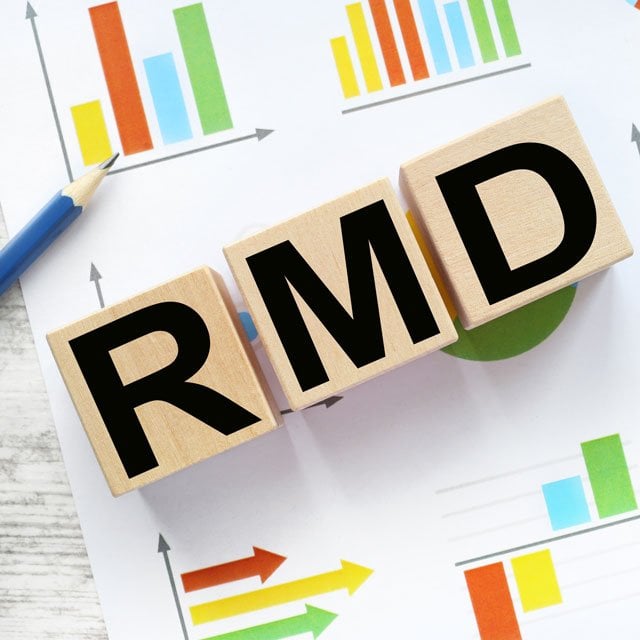Know These New Retirement Planning Rules for 2024 and Beyond

The IRS has made clear that no there will be no more waivers for beneficiaries under the 10-year rule — RMDs must be taken in 2025.
Even though distributions have not yet been required, the 10-year clock on withdrawing the entire account balance has been ticking. This means that a non-eligible designated beneficiary who inherited an IRA in 2020 must withdraw the entire balance within the next five years.
Beyond what a client may be required to take as an RMD for 2025, it might behoove the client to withdraw an amount in excess of the RMD amount in 2024 and beyond to avoid taking a major tax hit in the final year of the 10-year period.
Surviving Spouse Beneficiaries
Another rule change via Secure 2.0 that took effect in 2024 allows a surviving spouse to be treated as their deceased spouse when taking distributions from the deceased spouse’s retirement accounts.
If the surviving spouse elects to take advantage of this rule change, they are eligible for the following benefits:
- RMDs for the surviving spouse can be delayed until the deceased spouse would have reached their required beginning date to commence their RMDs.
- Once RMDs for the deceased spouse would have normally begun, the surviving spouse can use the IRS Uniform Lifetime Table rather than the Single Life Expectancy Table to calculate the RMDs on retirement account money inherited from the deceased spouse. The Uniform Table will generally result in a lower RMD amount than the Single Life Table.
- In the event that the surviving spouse dies before the deceased spouse would have begun RMDs on their IRA, the surviving spouse’s beneficiaries would be treated not as “succesor beneficiaries” but as if they were the beneficiaries of the deceased spouse. If they meet the criteria, this would allow them to be classified as eligible designated beneficiaries under the original Secure Act and stretch the RMDs from the inherited IRA over their lifetimes rather than over a 10-year period.
This rule change can be most beneficial for a surviving spouse where the deceased spouse was younger. Delaying RMDs until the deceased spouse would have reached their required beginning date, and using the more advantageous table to calculate RMDs, can allow the money in the inherited IRA to continue to grow a bit longer.
No RMDs in Roth 401(k)s
Before Secure 2.0, money held in a designated Roth account in an employer-sponsored retirement plan such as a 401(k), 403(b) or 457(b) was subject to RMDs. While there were no taxes on these RMDs, the money still had to be withdrawn. The alternative was to roll the funds to a Roth IRA to preserve the tax-free nature of the Roth account.
A Secure 2.0 rule that took effect in 2024 provides clients with a choice. If it makes sense to leave these funds in a Roth 401(k) account due to the quality of the investments or for other reasons, this can be done without worrying about having to withdraw the funds. The option to roll the designated Roth account to an IRA is still available.
529 to Roth IRA Transfers
Beginning in 2024, Secure 2.0 allows for any funds left in a 529 plan to be transferred to a Roth IRA in the name of the 529 plan beneficiary. The lifetime maximum is $35,000.
While this isn’t a retirement planning option for a client’s individual accounts, it is a way to help get children or other beneficiaries started with their retirement savings.
This rule helps clients in two possible ways. First, it can help alleviate concerns about what happens if they overfund a 529 plan. While there are other options for using excess funds in a 529 plan, these options may not always apply.
The ability to transfer up to $35,000 to a Roth IRA for the account beneficiary provides a use for this money that helps get the beneficiary a good start on their retirement savings.
